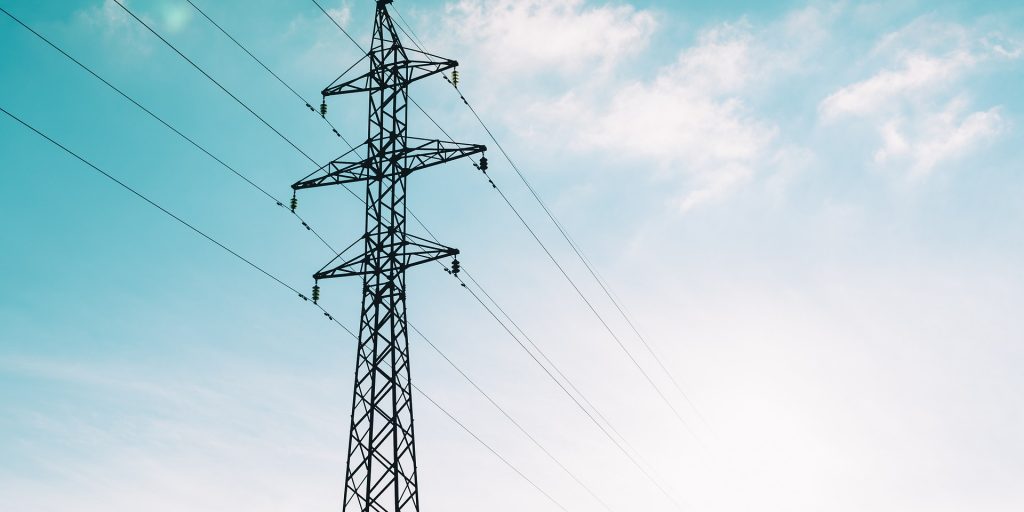NYPA implements AI to enhance its drone inspection program
The adoption artificial intelligence (AI) over the last few years in the public sector is changing the way many departments operate.
In New York, for example, the state’s power authority is finding success by pairing AI with its in-house drone inspection program, which officials say allows “transmission lines to be more quickly and thoroughly evaluated and any potential issues that could lead to power failure to be identified earlier,” according to a statement from the New York Power Authority (NYPA) about the program’s success. The agency uses an AI-powered platform, Buzz Solutions, to analyze data and images that’s captured by drones. The initiative has made inspections a lot more efficient, freeing up technicians for other, higher priority tasks.
The initiative is in line with NYPA’s strategic priorities, which call for the development of innovative energy solutions, and modernizing grid infrastructure to make delivering clean power more efficient.
“Drone technology has the potential to streamline the way we analyze our transmission assets,” said Christina Park, NYPA’s director of asset intelligence solutions in the statement. “The proof-of-concept testing showed that using an artificial intelligence-based platform significantly reduced the time required for inspection and analysis. Asset images can be analyzed in hours or days rather than months and allow our maintenance groups to prioritize repairs and reduce the potential of failure.”
Historically, power companies (including the NYPA) have relied on helicopters and fixed-wing aircraft to inspect their power lines annually. Drones have taken over in more recent years. But even with state-of-the-air aircraft, millions of photographs must then be manually reviewed by technicians one at a time. Processing these images requires linemen and engineers to combine the data together and then look for faults and failures, flagging them for an in-person inspection.
The process can take six to eight months—and thousands of human hours—to convert the raw data into actionable information, the statement says. AI streamlines the conversion process tenfold. It also does a better job of identifying faults than human inspectors.
“Human labor is incredibly expensive and is also prone to a higher error rate over time, which is where AI really has the biggest advantage as it continues to improve at scale,” said Vikhyat Chaudhry, co-founder, COO and CTO of Buzz Solutions. Chaudry said the Buzz PowerAI program has 85% baseline accuracy, and includes a tool that keeps human observers “in-the-loop.”
So far, NYPA drone pilots have uploaded “thousands of photos to demonstrate how the AI solution can quickly review imagery for efficient and more accurate reports,” the statement continues. “The system detects faults for transmission and distribution lines and can reduce inspection costs by minimalizing in-person inspections, while helping reduce potentially dangerous situations.”
NYPA aims to make itself into the first fully digital utility by 2030, with the adoption of artificial intelligence and machine learning technologies to track assets, understand high-risk infrastructure areas, prioritize maintenance work orders and reduce risk associated with those locations.
“The value of AI at scale is it becomes stronger, more accurate, and more personalized to each utility’s dataset, making inspections more time and cost efficient,” Chaudry said.




















